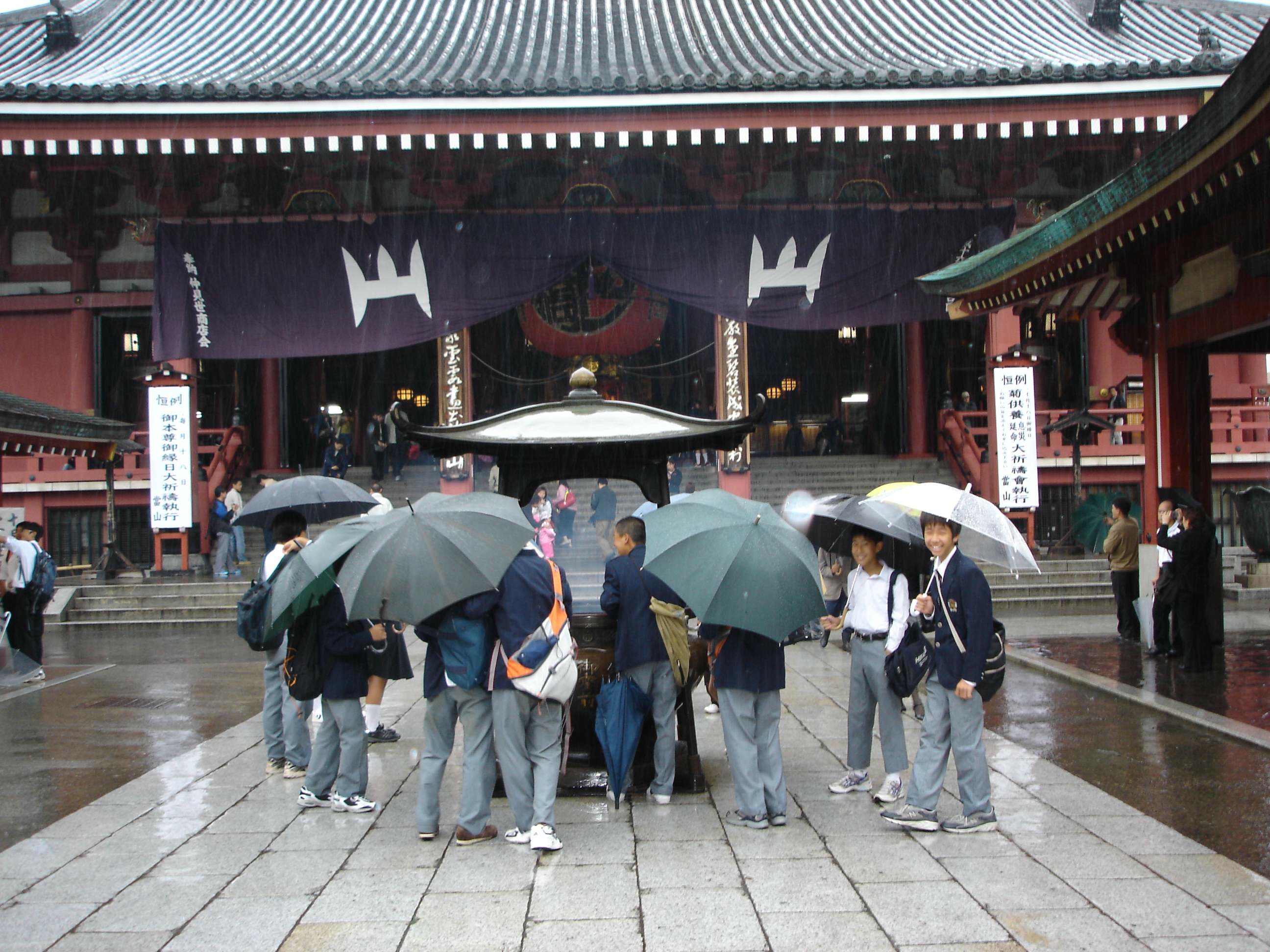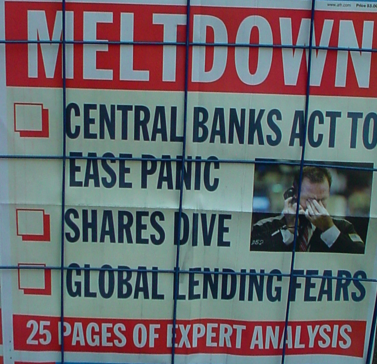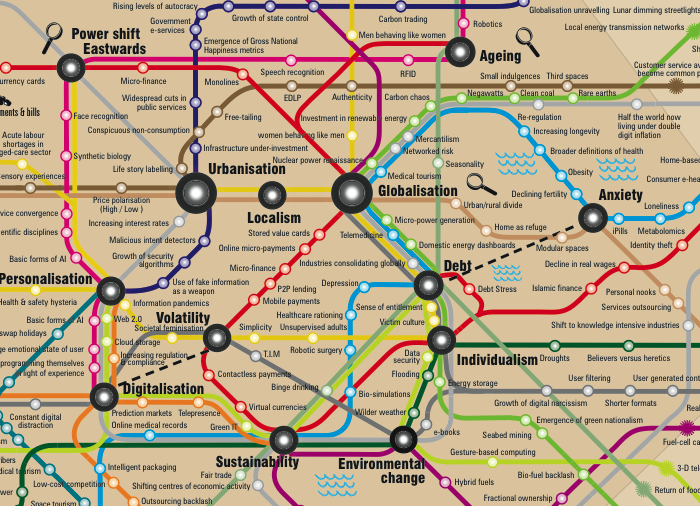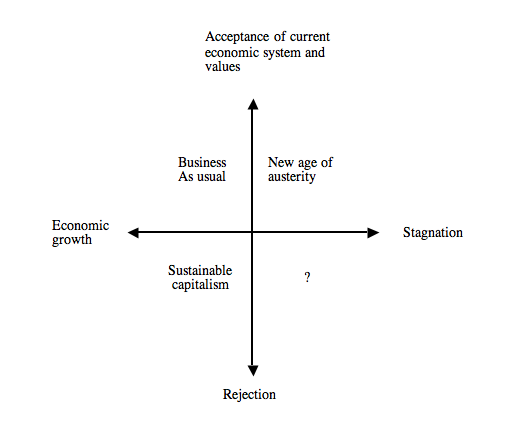
Trend #8. Constant Partial Stupidity
People are now constantly distracted and find it difficult to stay focused on any one thing for more than a matter of minutes. This state of affairs is known as Constant Partial Attention (CPA), a term coined by an ex- Microsoft researcher by the name of Linda Stone. But CPA is starting to spawn something else, which I think should be called Constant Partial Stupidity (CPS).
The idea here is that we are so busy monitoring the digital environment with digital devices that our attention is becoming fragmented. Furthermore, the explosion of digital information means that our memories are under attack because there is now just too much to remember. The result is a lack of quality thinking and an increase in avoidable mistakes.
For example, have you ever missed an appointment because you read an email too fast and didn’t see the footnote about the last minute change of venue? You probably used a mobile phone to find out where everyone was but you could have been in trouble if the battery was dead (you still haven’t backed-up your address list or printed out those photographs have you?).
Or how about your inability to remember multiple passwords, with the result that getting money out of an ATM at weekends has been turned into something resembling the national lottery? Or what about phone numbers? What is your home telephone number? Many people no longer have a clue and it’s not simply because they use a mobile telephone. This is the brave new world of too much information and not enough functioning memory.
Human attention is finite so inventing new distractions like twitter is all very well but there are consequences, such as our inability not to notice or remember simple bits of information. Doing things too fast (and having too much to do) can result in other silly things, such as sending out rushed emails (compose in haste, repent at leisure) or hitting ‘reply all’ when you really don’t want to.
In London a local council has experimented with cushioning on lampposts because pedestrians are walking into lampposts while they are texting. There are serious examples of semi-stupidity too. How about the truck driver that was looking at Google maps whilst driving on the M6 motorway — he ended up killing six people.
Links: Multi-tasking, single tasking, the attention economy, distraction, information explosion, memory, risk. Also links with the opposite trend – i.e. never forgetting, digital immortality, spot knowledge and so on.






